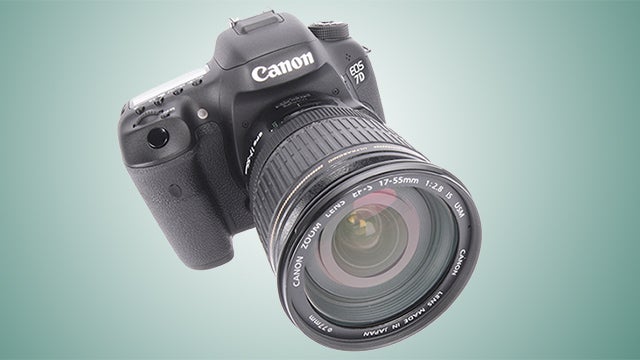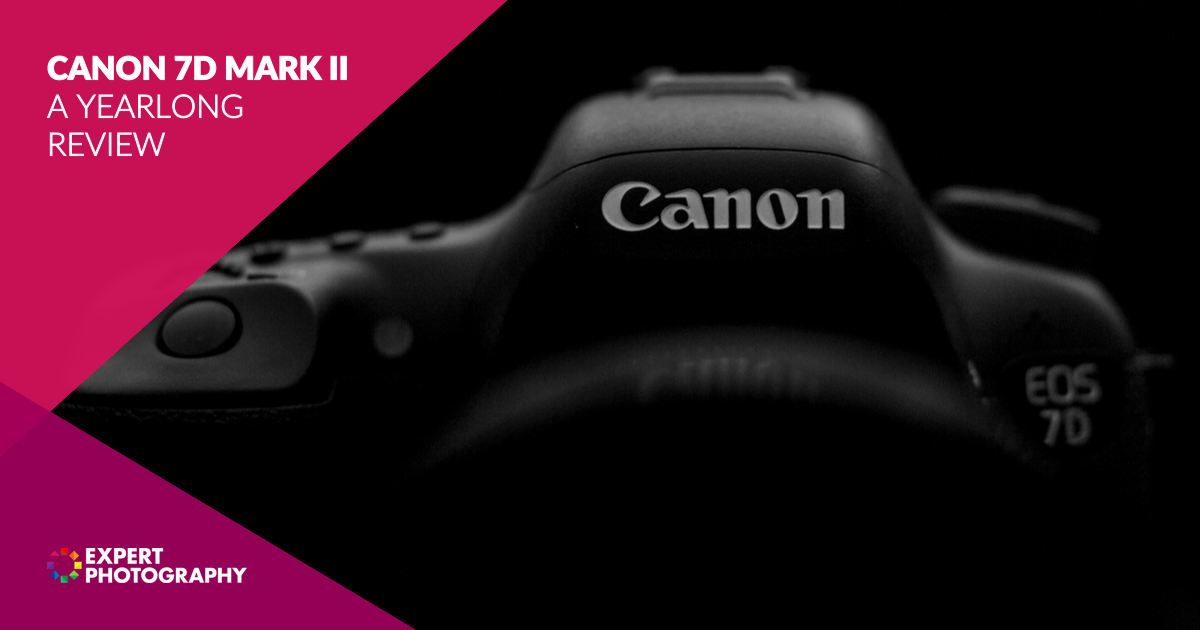

- #Canon 7d review video 1080p
- #Canon 7d review video full
- #Canon 7d review video pro
- #Canon 7d review video iso
It's pretty straightforward to use, and supports up to four channels and three groups.
#Canon 7d review video iso
ISO 100 (expanded)/200 - ISO 1,600/6,400 (expanded)Ī first for Canon, the 7D introduces an in-camera wireless flash controller. That's fine if you never change your mind or make mistakes.

In order to make sure to retain the settings you want you have to first set all of those, then register them to all three slots. That's because shooting settings tend to vary a lot, while operational controls tend to remain similar. While the dial is faster for access, Nikon's implementation of separate configurations for shooting and operation is less likely to make you crazy. Unfortunately, with great power comes great interface responsibility, and the custom settings interface is groaning under the weight of the new features. Which design you prefer is very subjective I happen to like the dial better, especially for accessing custom settings. Unlike the Nikon D300s, which changes modes electronically, Canon retains its mode dial, with three custom settings slots. In a nice touch, you can selectively enable or disable each option for speedier selection under pressure. Navigating all the new autofocus options-spot, single point, expanded, zone, and area-is pretty straightforward. In Live View mode you have three AF options: Live mode (contrast AF), face detect Live mode AF, or Quick AF (the "traditional" faster Live View AF, which uses the faster phase-detection scheme but requires more mirror flipping). Very few users need all of these options, and Canon provides a solid interface for enabling or disabling the choices to minimize on-the-fly confusion. Ditto for the flexible global and lens-specific microadjustment tools, which it carries over from the higher-end models. The bulk of these are really designed to improve focus tracking during continuous shooting, and, much like Nikon's AF system, you have to think very carefully about matching the AF choice with the shooting situation or you can end up with surprising results.
#Canon 7d review video full
Zone AF is similar to AF point expansion in that it allows you to define clumps of points in the center, top, bottom, or sides of the full AF area, but in contrast to expansion, where you still choose the primary focus point and it only uses the other points if the subject moves, the camera automatically chooses points from within the defined zone. AF point expansion uses the three or four (depending upon location) points surrounding the chosen one. Spot AF is a subarea of the traditional single-point AF, and for both of these you can choose from any of the 19 AF points. Of course, there's the veteran full automatic AF selection. ISO 50 (expanded)/100- ISO 6,400/25,600(expanded)Īll cross-type center cross-type to f2.8Ĭanon went from very few AF options to a gazillion in one model. (Since I didn't get to take the camera to Antarctica to test its weather sealing, cold resistance, and ruggedness, I'd follow Ole Jørgen Lioden's testing on that, if you're interested.) It's also slightly more comfortable than the D300s' because of the larger eyecup.

The new viewfinder is great, comparable with that of the D300s: big and bright, with an optional overlay grid. One of the heavier single-grip dSLRs available, there are no radical design departures in the 7D but there are tons of subtle, and a few conspicuous, interface changes that greatly enhance the fluidity of the camera's operation.

It's a lot more expensive and a bit shorter, but I think it's a significantly better lens. I'm not really fond of it, though, and if you're looking for a starter kit, I'd recommend the newer 15-85mm f3.6-5.6 IS USM lens (28.8-136mm equivalent) instead. In addition to a body-only version, Canon sells the 7D in a kit with the 28-135mm f3.5-5.6 IS lens (44.8-216mm equivalent).
#Canon 7d review video 1080p
But with entirely new AF and metering systems, a new high-resolution eight-channel readout sensor coupled with dual Digic 4 image processors and a new 100 percent coverage viewfinder, plus 1080p video capture, the 7D looks like an aggressive attempt to make a comeback.
#Canon 7d review video pro
Canon basically ceded the entry-level pro performance market to Nikon in 2005 with the arrival of the D200 since then, Canon's 30D, 40D, and 50D have taken the slower but less-expensive road, with a relatively stagnant AF system, which Nikon leapfrogged.


 0 kommentar(er)
0 kommentar(er)
